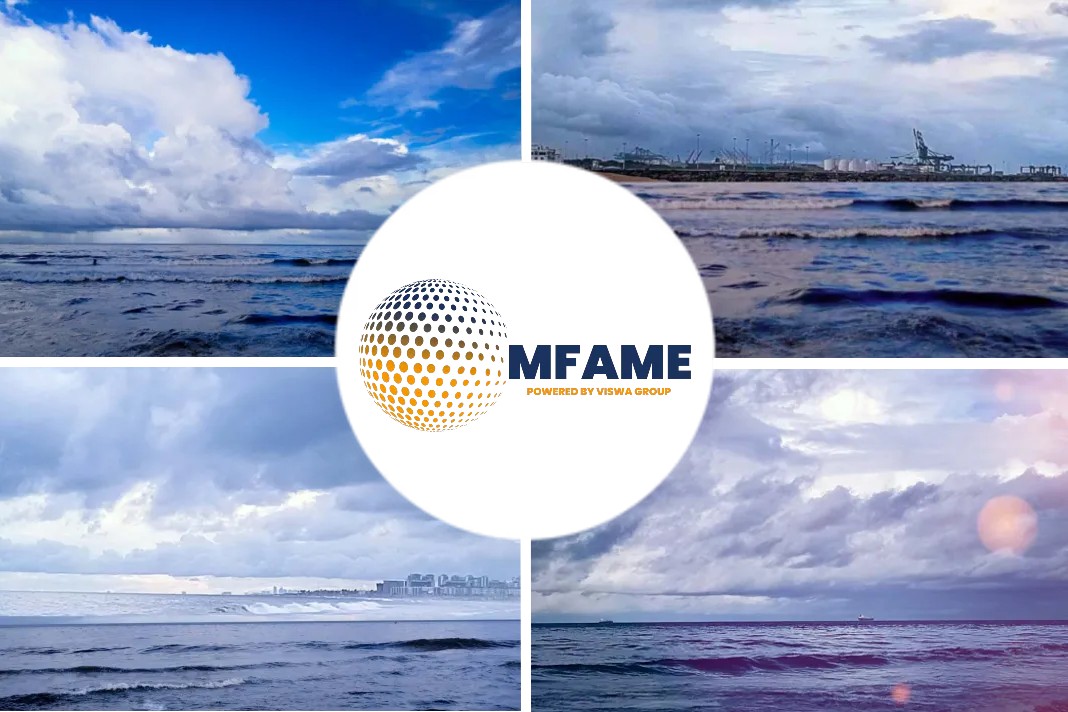- Kastrup emphasised the need for global carbon pricing.
- A portion of any carbon tax needs to go into research and development of new fuels.
- Looking at new buildings, PIL has recently ordered dual-fuel vessels that are e-methane and ammonia ready, but other owners will make different choices.
Leading shipowners emphasised the “need for speed” with action now and in the next years as reported by Seatrade Maritime.
GHG emission warning
With the UN’s Intergovernmental Panel on Climate Change (IPCC) warning that greenhouse gas emissions must begin to decline by 2025, Lloyd’s Register (LR) CEO Nicholas Brown sought to focus a panel discussion at Singapore Maritime Week on accelerating decarbonisation in the next three to five years, if not the next year.
MISC President and Group CEO Datuk Yee Yang Chien stated that activity had increased rapidly in the previous 12 months, but the question was whether the action was sufficient and swift enough. “We have a craving for speed,” Yee said, quoting actor Tom Cruise from the film Top Gun.
“Three years is not a lot of time,” he remarked, referring to the IPCC report. “As a result, there is a demand for speed.”
A critical juncture
Lars Kastrup, Co-President and Executive Director of Pacific International Lines (PIL) said, “Ordering a ship today is actually ordering a ship for the next 25 years.”
“And 25 years means we’ll be in the year 2050, which means we’ll have arrived at a critical juncture.”
Kastrup emphasised the importance of international carbon pricing.
“We need to make an IMO appeal to ensure that we get there,” he said, warning that otherwise, shipping would face a lot of varied pricing, which would be exceedingly difficult for a global sector to deal with.
A percentage of any carbon fee should go toward new fuel research and development.
Marine fuels
Looking at new buildings, PIL has recently ordered dual-fuel vessels that are e-methane and ammonia ready, but other owners will make different choices.
MISC meanwhile is committed this week to ammonia-fuelled VLCCs by 2025/26 as part of the Castor Initiative.
“LNG might not be the end solution, but at least it’s a solution right now.
We have to start to bend the curve,” he stated.
Kastrup pointed out that was not just what will fuel the future fleet of vessels, but also the tens of thousands of vessels on the water today that will continue to use conventional marine fuels.
Did you subscribe to our newsletter?
It’s free! Click here to subscribe!
Source: Seatrade Maritime
















